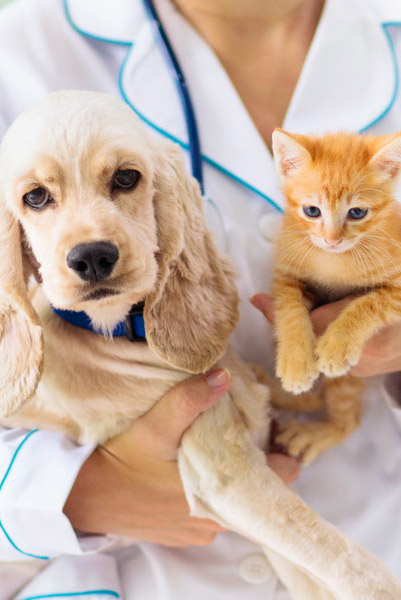Is It Safe To Have Copper in a Home With Dogs?
Oct 2, 2025

Copper is a high-end metal in home design. Its most common applications include roofing, piping, trim, metal accents, cookware, and decoration. Some homes don’t have any of the metal, and others are riddled with it. Though copper poses no health risk to people, it sometimes can to dogs. Maybe you’ve heard this before and are wondering if it’s safe to have copper in your home with your dogs. We’re here to help you understand how copper can be dangerous and what you can do to make your living space safe for your furry companion.
Copper Toxicity in Dogs
First off, copper is actually an essential mineral for dogs. Adults need about 1.8 mg per 1000 kcals, while puppies need around 3.1 mg per the same caloric intake. In short, your furry friend should be consuming small amounts of the metal to stay healthy. But copper toxicity is a risk, and it happens when dogs ingest too much. Now, dogs typically don’t seek out copper items to chew on like they might with other household objects. This isn’t an outlandish possibility, but it’s much more likely that your pup will overconsume copper-rich foods and supplements.
The Elevated Risk of Copper Storage Disease
Even if your dog does get too much copper in their system, their liver can probably process it just fine. However, some dogs face a higher risk due to copper storage disease, a genetic condition that prevents proper copper elimination. Certain breeds are more susceptible to this condition, including these:
- Labrador retrievers
- American cocker spaniels
- Bedlington terriers
- West Highland white terriers
- Dalmatians
- Doberman pinschers
Dogs with copper storage disease can eventually accumulate dangerous levels of copper in their liver, leading to liver damage and potentially life-threatening complications. These dogs require careful monitoring of their copper intake, including environmental exposure to copper objects.
Practical Safety Measures Dog Owners Should Apply
If you have dogs, then you should pay some attention to the care, maintenance, and storage of copper items in your home. One super easy step is to store copper cookware, decorative items, and jewelry in cabinets or other areas where your dog cannot access them. Be mindful of any copper pennies lying around—you wouldn’t want your pup to accidentally swallow one.
You might also avoid copper food and water bowls if you know your pet is susceptible to copper storage disease. Additionally, read up on your pet’s kibble ingredients, and discuss these copper intake levels with their vet. You might need to switch to a lower-copper formula (or, potentially, a higher one).
Lastly, learn what the signs of copper poisoning look like. Common ones include vomiting, diarrhea, lethargy, and loss of appetite. These symptoms warrant immediate veterinary attention, especially if you suspect your dog has ingested copper objects.
So is it safe to have copper in a home with dogs? Most of the time, the answer is yes. All dogs need a bit of dietary copper to be healthy, and unless they have copper storage disease, they’re very unlikely to overdose. That said, you should still proactively restrict access to chewable or swallowable copper items to prevent emergency vet visits.


Disclaimer: healthcareforpets.com and its team of veterinarians and clinicians do not endorse any products, services, or recommended advice. All advice presented by our veterinarians, clinicians, tools, resources, etc is not meant to replace a regular physical exam and consultation with your primary veterinarian or other clinicians. We always encourage you to seek medical advice from your regular veterinarian.

